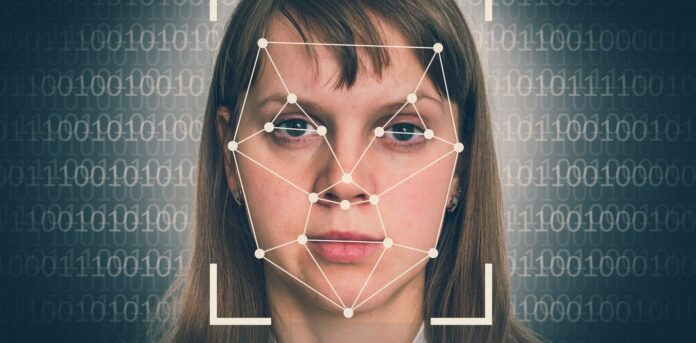MyHeritage, a genealogy startup, recently launched Deep Nostalgia, a new application that allows users to animate the faces in family images. Over 1 million images were animated in the first 48 hours alone, according to MyHeritage. “Users have responded with wonder and emotion,” according to one of their blogs, “some were awed to see ancestors they’d never met — some from over 100 years ago — shift, blink, and smile, while others were moved to tears seeing their lost loved ones in motion after so many years with only still images to remember them by.”
In its FAQs, the website recognized that some people would find these videos weird. However, the feature has now become the latest standard, and many people are using it to see long-lost loved ones travel.
Deepfake manipulates images, audio, and video with AI-based technology to make them appear authentic and real. This technology uses machine learning systems to easily and cheaply synthesize videos and audio. Data sets are trained with real footage to make neural networks like Generative Adversarial Networks (GANs) understand a person’s actual voice, behavior, and expressions. Two separate machine learning models are used: one to train on the provided datasets and fabricate images, and the other to monitor and grade the fabrications. Deepfakes are now created by AI and non-AI algorithms without the use of GANs.
Deepfakes pose a threat in a variety of ways, including money extortion using deepfake audios, fraudsters targeting celebrities and politicians to spread fake news, and the creation of non-consensual pornography.
In 2019, a video of Nancy Pelosi, the speaker of the United States House of Representatives, went viral, showing her speaking in an unusually slow and high-pitched manner.
This video was later identified as a forgery because it was sped up to make her speech appear slurred. The video was made to cast a bad light on her, and this isn’t the first time it’s happened. There have been numerous instances where manipulated videos have circulated.
Deepfake technology produces videos by simulating human behavior with artificial intelligence, and it is notorious for spreading disinformation. Deepfakes, on the other hand, maybe useful in certain areas. Deepfake technology can be used in the film industry to edit videos without reshooting them and to revive actors that have died on screen. Deepfakes can be used in training and instructional videos to enable virtual materials without the need for human interaction. Deepfake technology has other advantages and may thus have a positive effect if used ethically.
For example, many people can find MyHeritage’s new feature appealing, but only until it crosses the line. Since there are already regulations on deepfake technology and several legislations are preparing to criminalize non-consensual deep fakes, it may come under scrutiny if it produces misinformation in some way.
Follow and connect with us on Facebook, Linkedin & Twitter

